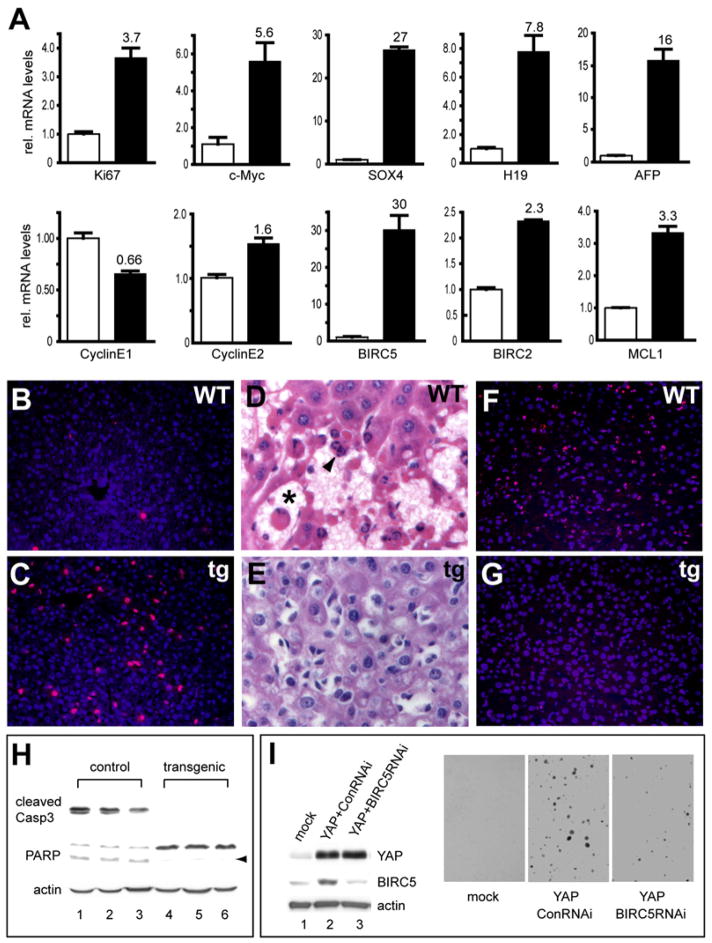Figure 6. Coordinate Regulation of Cell Proliferation and Apoptosis by the Mammalian Hippo Pathway.
(A) Quantitative real-time RT-PCR analysis of selected genes from control (white columns) and ApoE/rtTA-YAP (black columns) livers after 2 weeks of Dox exposure. Gene expression was measured in triplicate and expressed as mean ± SEM. The subtle changes of Cyclin E1 and Cyclin E2 are insignificant (p = 0.1, t test).
(B and C) YAP overexpression drives cell proliferation. Control (B) and ApoE/rtTA-YAP (C) livers after 1 week of Dox exposure were analyzed for BrdU incorporation (red), counter-stained with DAPI (blue).
(D–H) YAP overexpression confers potent resistance to apoptosis. Control and ApoE/rtTA-YAP littermates were kept on Dox for 1 week, injected with Jo-2, and analyzed 3 hr postinjection by H&E staining (D and E), TUNEL (F and G), and western blotting for cell death markers (H). Note the widespread hemorrhage (asterisk) and apoptotic nuclei (arrowhead) in the control (D), but not the transgenic livers (E). Also note the extensive TUNEL staining in the control (F), but not the transgenic livers (G). In (H), cleavage of caspase-3 (Casp3) and PARP was detected in the control, but not the transgenic, livers (arrowhead marks the cleaved PARP product). Three animals were analyzed for each genotype.
(I) RNAi knockdown of BIRC5/survivin reduces the transforming activity of YAP. Left: western blots showing increased BIRC5/survivin expression in YAP-HPNE cells compared to mock transfected cells, and the knockdown of BIRC5/survivin expression in YAP-HPNE cells stably expressing BIRC5/survivin shRNA. Right: soft agar assay showing anchorage-independent growth of YAP-HPNE cells, a feature that is not observed in the mock-transfected HPNE cells. Note that YAP-HPNE cells stably expressing BIRC5/survivin shRNA formed reduced numbers of colonies.

